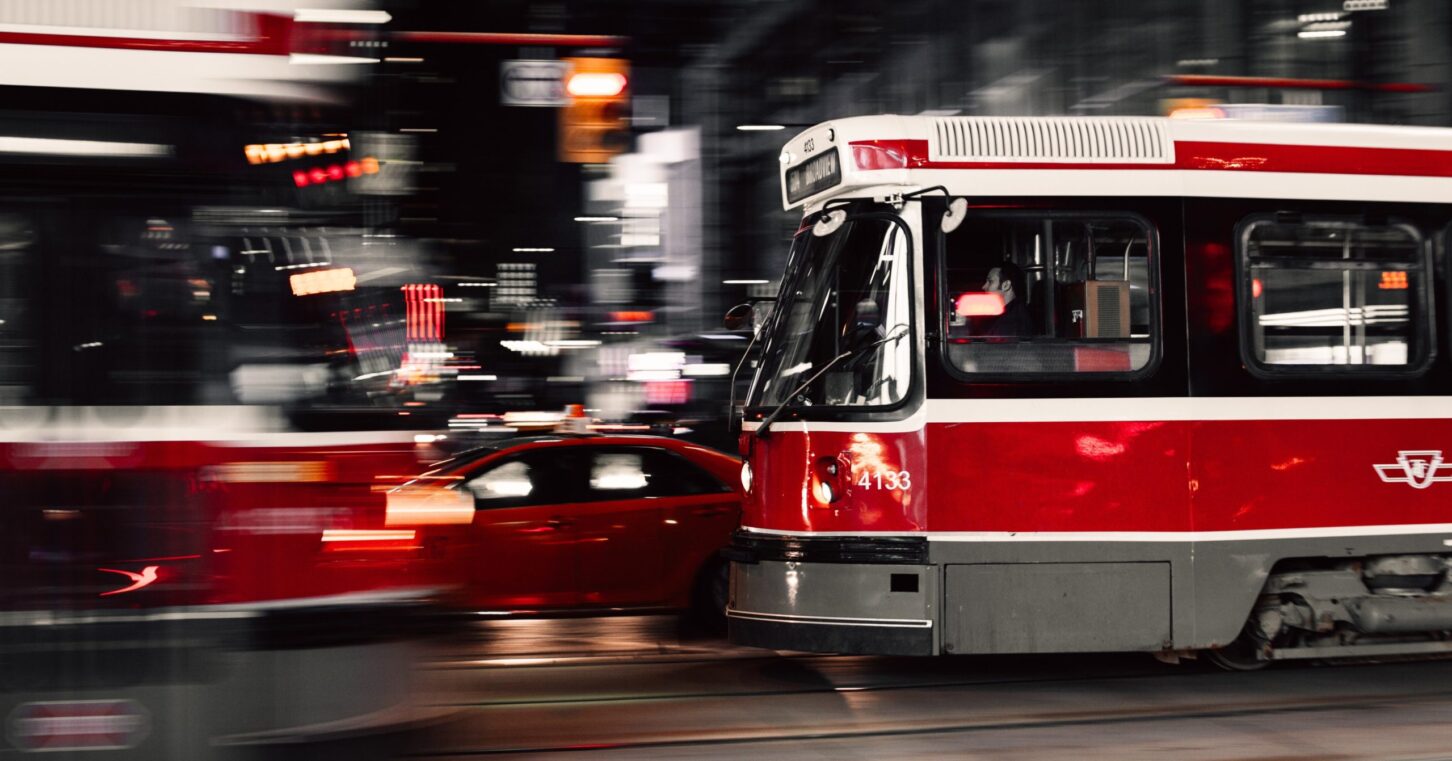
Insanity is often described as doing the same thing over and over expecting different results. Consequently, if a specific result is desired, the best approach is to try something different. Even if the difference is simply window dressing.
In Gwinnett County, as the population approaches 1 million, road congestion is a growing and major frustration. The current round of insanity began with a 2019 public transit referendum that included extending MARTA heavy rail service into the county. Previous proposals to extend MARTA service had failed. So did the 2019 referendum.
Now there is a “new” proposed antidote: a “new,” highly researched, thoroughly discussed multi-billion-dollar transportation plan that is little more than what voters defeated in 2019, in a new wrapper.
Proponents of the 2019 referendum attributed defeat to “poor timing”; it was included on a special election ballot in March of that year. Much of the opposition was over a 4-mile extension of MARTA heavy rail, viewed by many voters as a billion-dollar boondoggle. Hooking up to the MARTA system is analogous to marrying someone drowning in debt: You may not be responsible for pre-existing encumbrances, but sooner or later, it will cost you.
Add that to the fact that even the most ardent rail proponents estimated at least 20 years before construction would began, and the referendum rejection is both understandable and logical. In a July 15 speech in Atlanta, President Trump talked of problems created by project approval processes that dragged on for 20 years: “By the time you start building, the market changed. The market was good when we started, now the market is lousy. So you say to hell with it, we won’t build.”
It’s irrelevant whether the delay is caused by government red tape or collecting the funds necessary to start construction. Markets change. The difference is, projects funded by taxes rely on other people’s money, and if the market changes, and the project turns out to be money poorly spent, it’s not project executives taking the financial hit.
The county Board of Commissioners selected a plan that includes heavy rail (a MARTA extension) despite the previous rejection, the “no rail” options a transit review committee provided, and the support several Gwinnett city leaders expressed for the “no rail” plan.
While the plan does include expansion of bus, bus rapid transit (BRT) and micro transit service, a four-mile heavy rail extension – at a current construction cost estimate of $250 million per mile – does little but divert money from transit that could serve the entire county to a heavy rail system directly serving only a sliver along the county’s western edge.
The plan to extend MARTA into Gwinnett and build a new station at Jimmy Carter Boulevard does nothing to address travel between cities in Gwinnett or to adjacent counties other than Fulton and DeKalb.
As for the potential financial burden, MARTA’s FY 2019 financial report lists operating revenues of $141,163,000 (down $7 million over 2018) and operating expenses of $762,782,000 (up $47 million over 2018) resulting in an operating loss of $621,619,000. Every transit agency in the country operates at a loss and depends relies on tax revenues and grants. Few rely on an operating subsidy of over 81% . Concurrently, MARTA has $2.2 billion in outstanding bonds.
Then there is MARTA’s so-called balanced budget. The total 2019 budget was $881,709,000; total revenues were $829,206,000. The negative number is reflected in MARTA’s financial report as a “Loss Before Capital Contributions” of $52,503,000. The “balanced budget” figure was turned positive by a $121,708,000 entry listed as contributions and capital grants. Should those generous grants and contributions evaporate, MARTA’s bottom line will turn red.
Despite valid reasons to defeat the current proposal, there’s a good chance voters will approve it in November: Heavy rail has been heavily promoted, as a congestion solution and as an engine driving economic development.
By the time construction begins, the market will have changed dramatically. Autonomous vehicles will have come of age, as will working remotely. Both will drive ridership on public transit to new lows. The “marriage” to MARTA will have cost taxpayers billions. Viable alternatives and changed work habits will decimate ridership on a fixed-route system that takes few where they need or want to go.
Register here for the Land Use and Transportation session of the 2020 Georgia Legislative Policy Forum, a Zoom event on August 4, 2020.